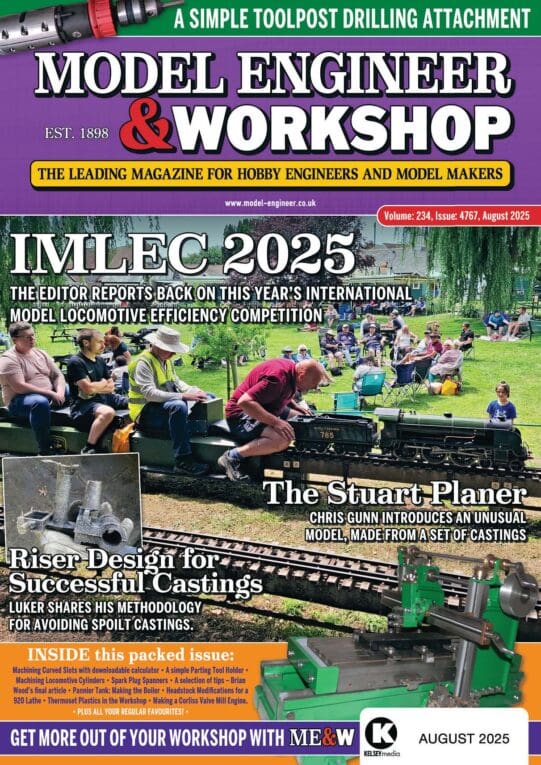Duffer:
The Sharp unit is inexpensive, quite easy to use, has a nice big gap (though that’s both a pro and a con), needs no adjustment (also a pro and a con) and it should be adequate for the job. It’s almost certainly better than your prior module, so if you have one I recommend just switching to it.
The setup you described for testing it electronically is pretty much what I did to measure its latency and jitter a few posts earlier. If you use the rising edge, which has lower latency, then you should add a pull-up resistor to the output as shown somewhere in the spec sheet. The falling edge has longer latency but a much faster fall time, so if you only use that edge, then no pull-up resistor is needed or desirable.
Previously, I recommended using only the falling edge, since it has a far faster fall time. The problem with a very slow edge is that whatever comes next in the electronics chain (let’s say a digital input pin on an Arduino) has some arbitrary and probably not particularly well controlled and certainly not noiseless threshold that, in combination with a very slow edge, can lead to noisy measurements.
In my above test, I measured 9us latency and 22ns jitter in the falling direction. I can’t say if the latency would bother you, but the jitter is maybe 5-10% of the resolution of your Arduino. That doesn’t seem terrible, so I’d probably still recommend the falling edge just to eliminate concern about its truly awful rise time.
Would my new detector module, with ~280 ns latency and ~0.55ns jitter, actually be better in practice? Probably not noticeably if it’s just followed by an Arduino or Picpet with say 200-400ns resolution. It’s nice that the latency would be down to about one least count, and that the jitter is low enough to be discounted, but to really take advantage of it, one would need to improve the resolution of whatever comes next too, e.g. with an FPGA operating with a 250-1000MHz OCXO or TCXO clock.
But even then, one has to back up and ask what resolution is actually needed? I’m not sure I’ve ever seen a good answer to this. Is there an accurate measure of the sheer mechanical noise in some of the worlds best clock pendulums? How about if my pendulum is, by necessity, mounted to a flimsy wall on a busy street?
S K.







